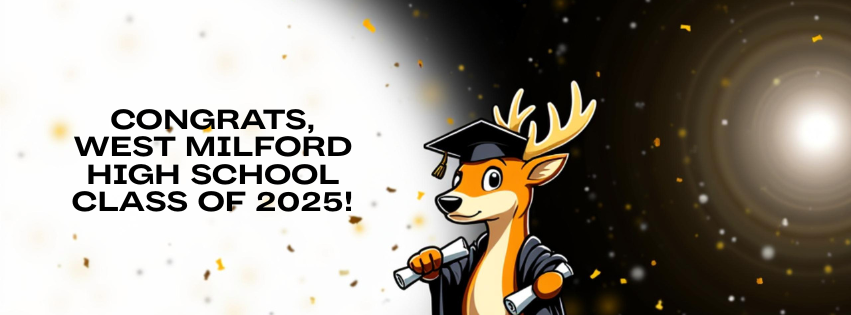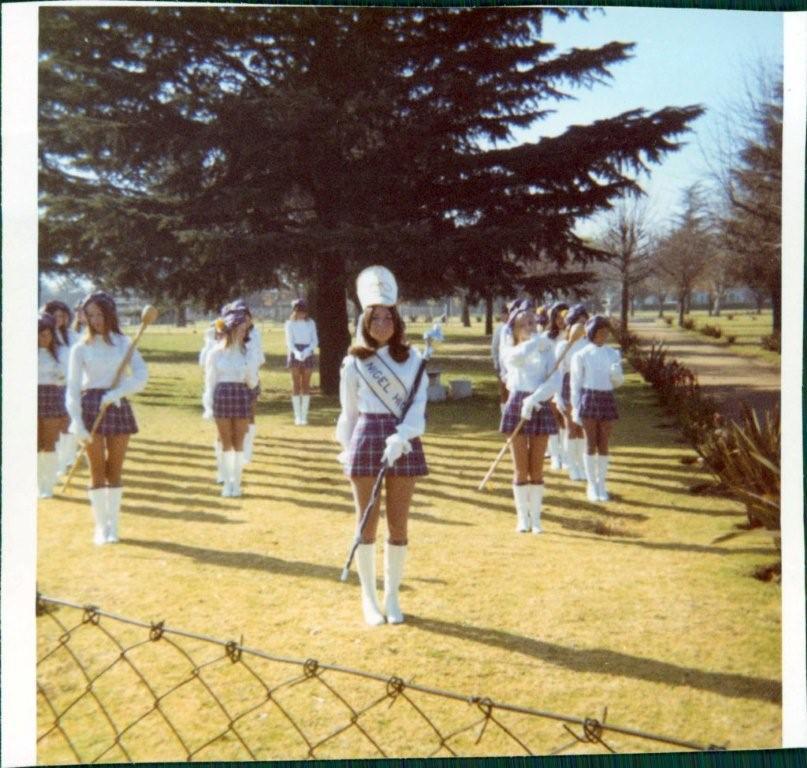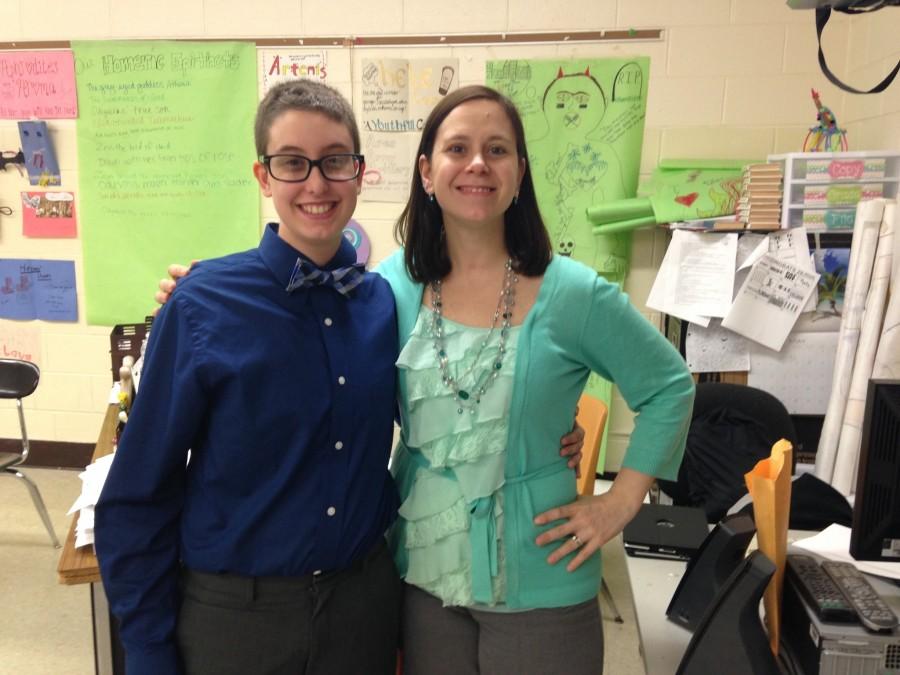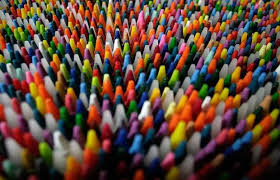High school has seen dramatic changes over the past few decades, from sports, curriculum, student attitudes and involvement to the purpose, opportunity, and individual roles in the school environment. As high school itself is influenced by the culture and trends of the time period, so are the students.
In the 1950’s, high schoolers enjoyed a laid back, stress free, all-American lifestyle. Most students lived within walking distance of their schools, and with low crime rates parents had little to worry about. This simple freedom also allowed the students to leave school during lunchtime, get together with their friends, and buy a soda and a hot dog for 15 cents. When students returned back to school they engaged in a limited variety of classes such as Grammar, Algebra, Biology, Latin, Home Economics, or History. Gym class consisted of separated boys and girls classes, where students changed into cotton uniforms and participated in sports like softball, track or field hockey. Libraries were the main, if only, source for students to do their studying, research, and homework–something teens received little of. This allowed them to have more free time, usually spent at football games, the movie theater or the drive-in. During this time in history, segregation played a major role in the school environment. Black and white teens had separate proms, sports teams, and student governments.
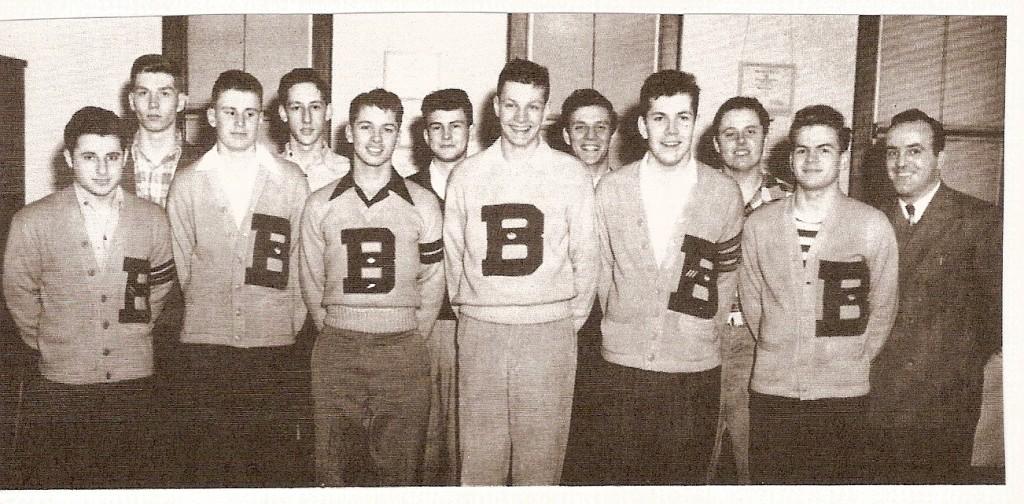
The 1960’s and 70’s saw troubling changes like an increase in drug use and decrease in graduation rates (average 27.2% high school dropouts in 1960s). The seventies was the “Me Decade” and teens were heavily influenced by this new individualized way of life. Students developed an attitude that college wasn’t necessarily important, probably because it wasn’t. Students at this time could graduate high school and still score a decent job with only their diploma. Because of this, high schools experienced a drop in interest in extracurricular activities like clubs and sports, and saw a rise in the use of drugs, most commonly marijuana. According to a 2013 “Monitoring of the Future” study by the University of Michigan, marijuana use peaked at more than 51% of 12th graders in the late 1970’s. The 1970’s, while still battling the fight against segregation, was the start of affirmative action. This is the provision of special opportunities to a disadvantaged, minority group who suffers from discrimination. These laws are still in effect today in college applications and the job market.
Teens in the 1980’s enter the “whimsical and soft” age of neon, big hair, video games, and parachute pants. Dress codes in schools become more lenient, high school dropout rates were down to 12.6% by the late 80’s, and computers were coming into use (25% of high schools were using PC computers for college/career guidance by the late 80’s). Relationships in school see a change as well. In order to ease first date jitters, and to lower costs, teens begin going out on double dates. Spirit Week rises in popularity as high schoolers take part in a week of fun activities and dress, ending with a school wide pep rally.
The 1990’s and early 2000’s marked the start of modern technology. Cell phones were coming into use, although they were quite large and expensive, the World Wide Web catches the attention of many high schools and colleges, Windows 98 and iMac become popular because of their unique design and cool looks. School in general, was becoming less safe, as more kids began carrying guns to school, possibly because of the rise of video games and online games. Kids were spending more time with technology than outside or with friends.
Today, the purpose of high school has since grown strictly into the preparation for post secondary education. This stresses the importance of involvement in extracurricular activities, sports, and overall placement. Students in high school today are given a wide variety of experiences and opportunities. Students are able to see the world on field trips abroad, participate in Olympic event sports, join/create clubs based on race, gender, or nationality and study subjects in depth like foreign languages, nutrition, music, finance and computer design. Teens today live in a world of technology and have become more dependent on it as a result. Technologies such as computers, something a student wouldn’t give a second thought to existing in their school, cell phones that provide Internet connections for research on the go, or portable laptops are among the objects essential for the average high schooler. Students in high school today compared to students in the 1950 have experienced a totally different way of life. Looking back throughout history, we can learn to appreciate the world in which we live, something people, regrettably, do not take advantage of.
